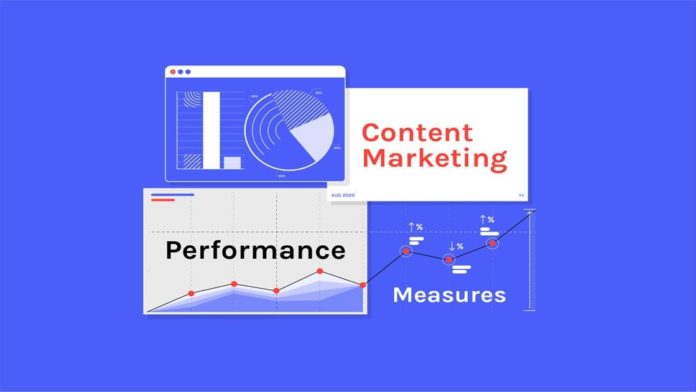Have you got a content marketing strategy? If yes, you may feel like being on top of the world – after all, it is not that easy. Just because you have a strategy to create and distribute content across different channels on the internet, it does not mean that you have no job left. The most important task is still on the way ahead – knowing how your content performs and for this you will need content marketing performance metrics.
No matter how confident you are about your content, you need to evaluate its ROI. Content is king, according to Google, because it provides information to users that serve the basis for arriving at a decision, and therefore you cannot compromise with the quality.
Here the quality means providing relevant information to the user to help with the decision-making process. Content marketing has been around for a long time. All businesses regardless of the size, have been promoting their products and services through it. Yet, they are facing difficulty in getting ROI at least equivalent to the cost they incur.
This blog will reveal why and how you should measure the performance of your content.
Why do you need content marketing performance metrics?
The ultimate goal of sharing content across platforms is to drive as much traffic to your website as possible. The more the traffic you receive, the higher the leads, and the higher the profits, but the question is if the traffic to your site is relevant, your users find it engaging, and above all they are showing interest in your product.
- To boost relevant traffic: There is no point in pouring limitless content if the traffic is zero or the people visiting your site is not your target audience. You will need metrics to know new visitors, the number of visits made by the same user, and the time spent on a particular page.
- For better conversions: It is great that you are getting relevant traffic, but what are they doing? Whether they click the “buy” tab or they sign up for your newsletter. Having traffic with zero conversion makes a business paralysed.
- To increase engagement: If you are just providing informative content, you will focus on evaluating how engaging it is for your users. If your content is not engaging, the user will immediately leave your site, increasing the bounce rate.
What are the types of content marketing performance metrics?
You will need key performance indicators (KPIs) to evaluate how your content is working. You can track in a specific way how strong your content is and what improvements you need to make. Take a look at them.
Consumption metrics
Google Analytics is the main tool used to analyse how your content is consumed across all channels. It gauges:
- The pages viewed most by your users. It tells which page seems to be more attractive to your users.
- Unique visitors to know how many visitors are repeated.
- Time on the page to get a better insight into if the content is appealing to your visitor.
- Behaviour flow to know how the visitor navigated from one page to another.
Site metrics
Likewise consumption metrics, you will get information about site metrics with Google Analytics. It includes the following KPIs:
- Traffic sources
It is paramount to know from where the traffic is coming to your site especially when you are shelling out money on advertisements. It divides the traffic into three categories: direct, referral and search visitors. Direct visitors are those that land your website by typing the URL of your website. Referral visitors are those that are directed to your site from a third-party blog. Search visitors come to your site through search engines. So, you must have got to know the importance of optimising keywords, off-page content and promotion through your brand name and URL.
- Bounce rate
The bounce rate reflects the number of visitors who leave your web page immediately after they land to go to the other site.
Email metrics
Various email analytics tools are out there like Mailchimp, MailTag, and HubSpot that let you get an insight into how your email marketing campaigns are working. KPIs include:
- Email open rate that tells how many recipients have opened your email and what kind of emails they like.
- Email churn rate that tells the number of subscribers who have opted out of your mailing list; it means they no longer want to hear from you.
- Click-through rate that tells the number of recipients who have clicked the links in your email campaign.
The bottom line
All content marketing performance metrics mentioned above will help you grow your revenue. These metrics will let you know what is causing trouble in lead generation. If you want to go deeper, you can also use cost metrics and sales metrics to get an accurate idea. It is advisable that you hire a marketing expert if you cannot make the most of these analytics. Of course, you will need to spend money on buying software to evaluate the performance of your content marketing strategy. If you are in a tight spot, you can take out 100% guaranteed loans.









